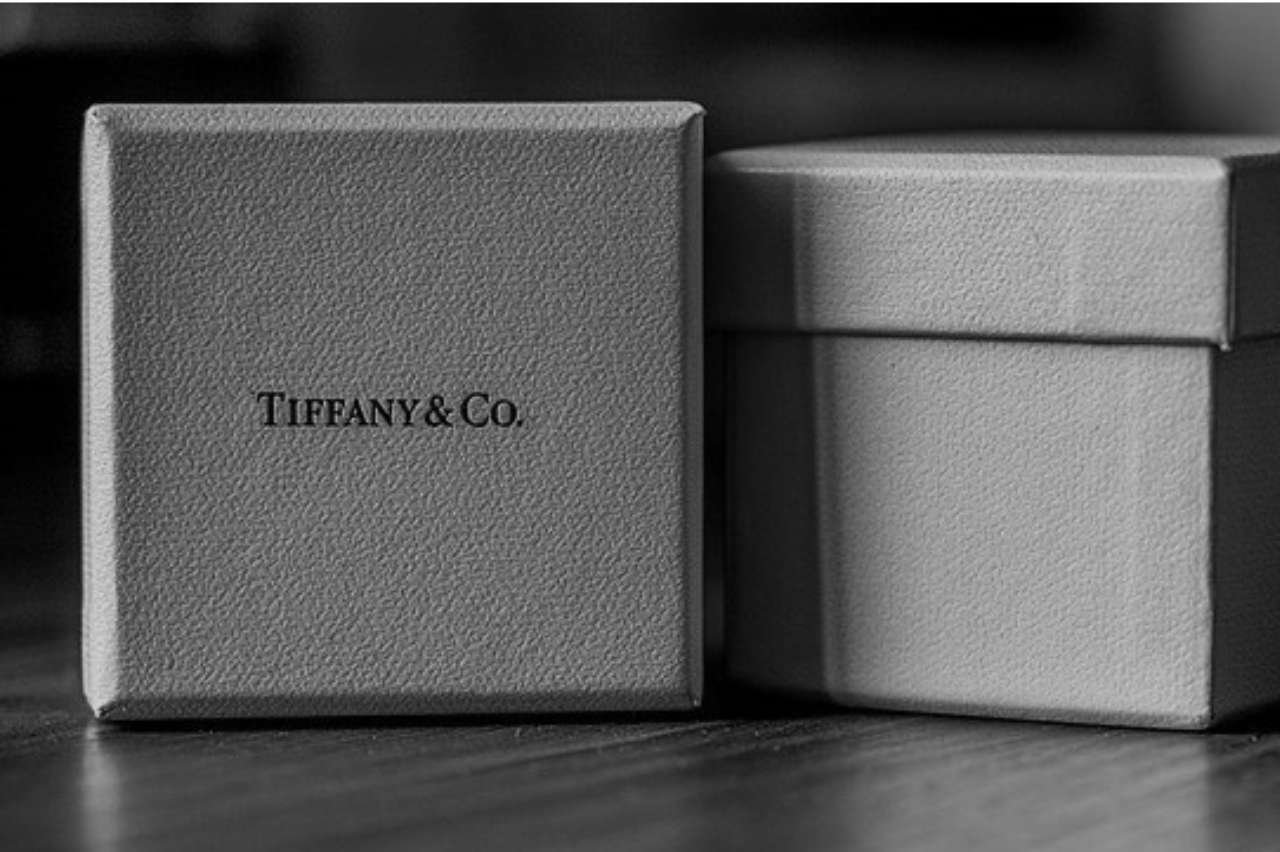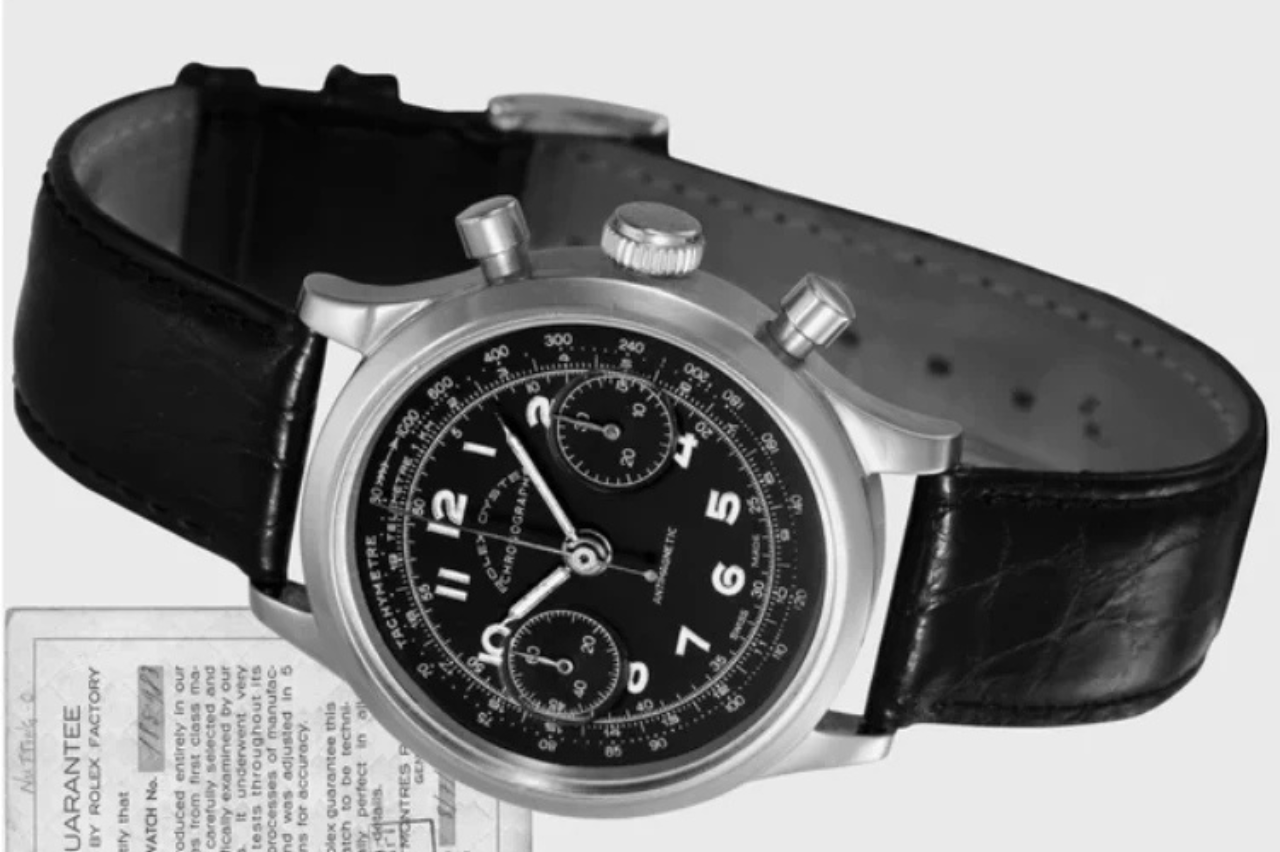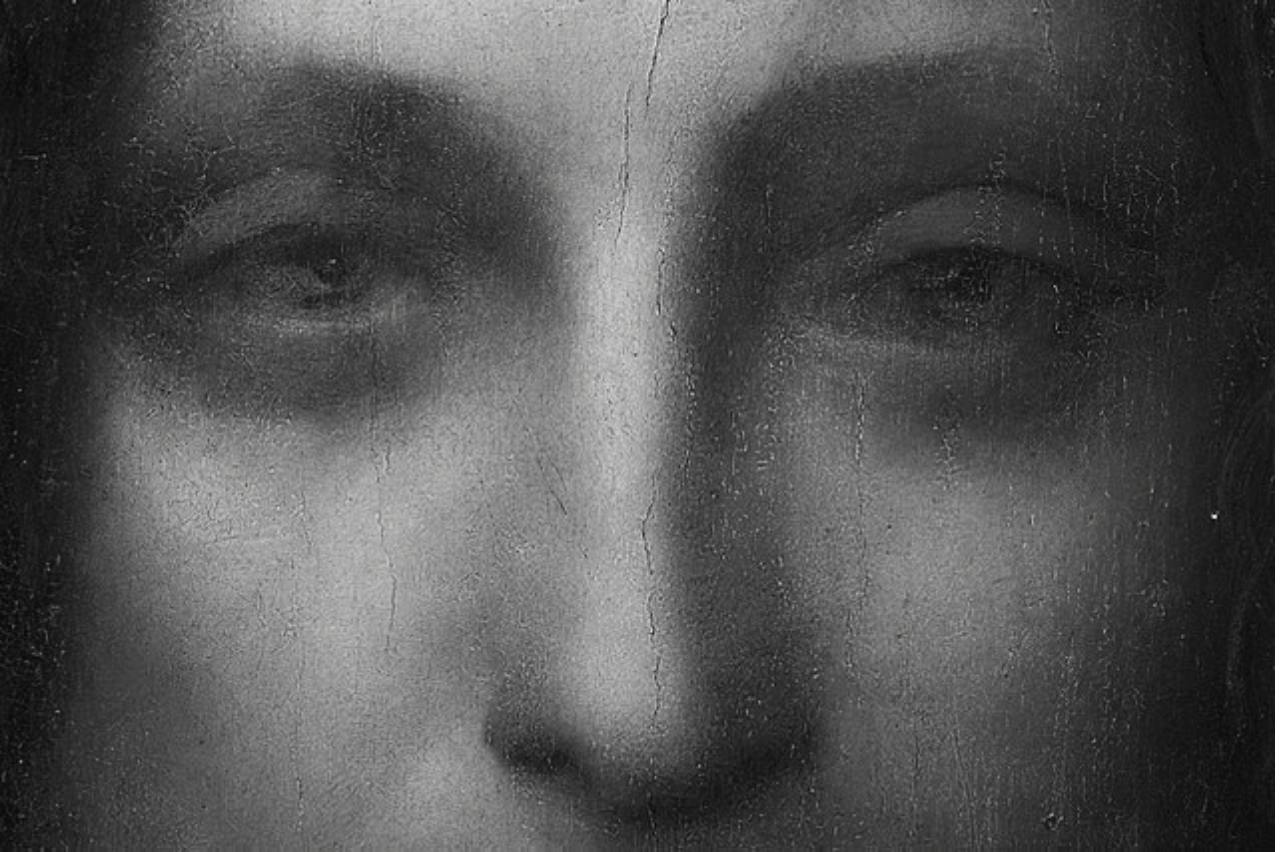
How Tiffany & Co. Turned 'Tiffany Blue' into a Trademarked Luxury Icon
Tiffany & Co. has masterfully used color to define its brand identity and create an exclusive association with luxury. The iconic "Tiffany Blue"—a specific shade of robin’s egg blue—has become synonymous with sophistication, elegance, and the brand itself. More than just a color, it is an immediate visual cue that evokes prestige and exclusivity. Whether it appears on packaging, advertisements, or store interiors, Tiffany Blue is instantly recognizable, reinforcing the brand’s timeless appeal.
The Origin of Tiffany Blue
Tiffany & Co. first introduced this signature blue shade in 1845, when founder Charles Lewis Tiffany selected it for the cover of the company’s Blue Book, an annual catalog showcasing the brand’s most exquisite jewelry. The color quickly became an integral part of Tiffany’s identity, adorning packaging, shopping bags, and marketing materials. Over time, it became so strongly associated with the brand that even without a logo, a Tiffany Blue box alone symbolizes luxury, romance, and high-quality craftsmanship.

The signature 'Tiffany Blue' box
Recognizing the marketing power of its signature color, Tiffany & Co. took legal steps to trademark Tiffany Blue and secure exclusive rights to its use. This prevents other luxury brands from copying or imitating the color in a way that could confuse consumers. By monopolizing this specific shade, Tiffany ensures that the color remains a protected brand asset, reinforcing its exclusivity and preventing counterfeiters from diminishing its value.
The Power of Emotional Branding
Tiffany Blue today stands as a carefully cultivated symbol of exclusivity and luxury. Since the 19th century, Tiffany & Co. has used this distinctive robin’s-egg blue to represent sophistication and timeless elegance. Over time, the "little blue box" has become synonymous with prestige, evoking an immediate sense of excitement and desire. Unlike traditional branding elements like logos or monograms, Tiffany Blue alone is enough to signal high-end craftsmanship and status.
The power of this signature shade is further amplified by its cultural presence. From Audrey Hepburn’s iconic role in Breakfast at Tiffany’s to countless celebrity endorsements, Tiffany Blue has embedded itself into fashion, film, and pop culture history. The color is instantly recognizable, creating an emotional connection with consumers who associate it with romance and once-in-a-lifetime moments.

Theatrical poster for the American release of the 1961 film; Breakfast at Tiffany's
Tiffany & Co. today, holds a trademark on Tiffany Blue, preventing other luxury brands from using it in a similar way. This legal monopoly not only safeguards their prestige but also deters counterfeiters trying to imitate the brand’s allure. Other luxury houses have followed suit—Christian Louboutin trademarked its signature red soles, while Cadbury fought for years to secure exclusive rights to its iconic purple. These cases highlight the growing importance of color as intellectual property, proving that in the world of luxury, even a specific shade can be a powerful marketing tool.
Commercial and Legal Impact
Tiffany’s monopoly on the color allows them to maintain brand prestige and deter counterfeiters. Their legal team actively enforces their trademark rights, ensuring no other luxury brand can imitate the color. Other brands have followed suit—Christian Louboutin trademarked its red sole, and Cadbury fought for years to trademark its signature purple.
By securing exclusive rights to signature colors, brands create an instant visual connection with consumers while protecting their market presence. These legal battles over color reinforce the idea that in the world of high-end branding, even a shade can be a symbol of status, heritage, and authenticity.
Conclusion
Tiffany Blue is a powerful example of how a color can evolve beyond aesthetics to become a priceless brand asset. By trademarking its signature hue, Tiffany & Co. has not only safeguarded its exclusivity but also cemented it as an enduring symbol of luxury and prestige. The unmistakable shade instantly evokes brand recognition, sophistication, and timeless elegance, making it one of the most iconic colors in the world of fashion and jewelry.





